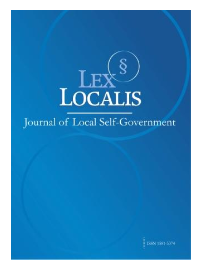IMPLEMENTATION OF DISASTER MITIGATION POLICY IN WEST SULAWESI
DOI:
https://doi.org/10.52152/801718Keywords:
Disaster Mitigation Policy Implementation, Implementation Evaluation, Transparency and AccountabilityAbstract
This study aims to analyze the implementation of disaster mitigation policy in West Sulawesi. Employing a qualitative descriptive approach, the research explores the processes of implementing disaster mitigation policy through field observations, questionnaire-based and in-depth interviews, and literature review. The study was conducted at the Regional Disaster Management Agency (BPBD) and other relevant agencies. Data were analyzed using the Miles and Huberman model, which includes data reduction, data display, verification, and conclusion drawing. The findings reveal that the success of disaster mitigation policy implementation is determined not only by the quality of the policy itself but also by institutional coordination, the role of frontline implementers, and the participation of target groups. Four key determinants influence implementation outcomes: communication, resources, bureaucratic structure, and disposition. Furthermore, the study proposes that the disaster mitigation policy in West Sulawesi can be developed into a comprehensive model. This model would be based on multi-level institutional integration and the optimization of the four core determinants to strengthen disaster risk reduction efforts in hazard-prone areas. The effectiveness of policy implementation is deeply tied to cross-level institutional synergy and the systematic application of these four factors to improve community preparedness and resilience.
Downloads
Published
Issue
Section
License
Copyright (c) 2025 Lex localis - Journal of Local Self-Government

This work is licensed under a Creative Commons Attribution-NonCommercial-NoDerivatives 4.0 International License.








